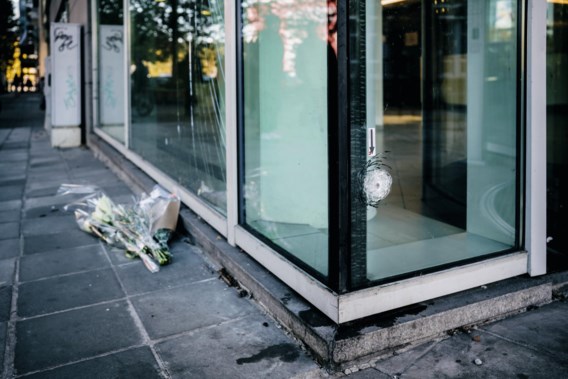Much of the notch up in the curve is explained by energy prices. And the weather won’t scare the Riksbank:
– This does not change the big picture for the Riksbank, says Nordea’s chief analyst Susanne Spector, who still expects an interest rate cut in May.
Handelsbanken writes in a comment that today’s announcement does not change anything and “we stand by the fact that the Riksbank will lower the interest rate in June”.
Carl Nilsson, economist at Swedbank, says that it is too early to comment on whether the bank will revise its forecast regarding a first interest rate cut, but states:
– This outcome was reasonably in line with the Riksbank’s own forecast, he says.
In line with forecast
Now inflation in January according to the CPI measure as well as the so-called core inflation (KPIF) rose more than expected. For the Riksbank and Riksbank Governor Erik Thedéen, it is the latter that the focus is on when it comes to how monetary policy should be designed.
Adjusted for energy prices, however, it fell to 4.4 percent against the previous 5.3 percent, which was in line with forecasts but lower than the Riksbank’s own assessment.
According to Susanne Spector, the fact that inflation rose according to the CPI, the measure that best describes inflationary pressure for households, should rather be seen as “a notch in the curve”.
However, Carl Nilsson sees some problems.
– On the surface, there aren’t that many deviations and January is normally very volatile. Now there are certain technical factors that keep the rate of inflation down, it is the so-called “basket effect” when Statistics Sweden updates the basket of goods (which is the basis for the inflation measurement), he says.
Is it a problem that it is rather technical factors that push inflation down?
– Yes, it is a bit of a problem and means that the number is not quite as positive as it appears on the surface to be. I would say the rate of inflation would probably have been higher without this update to the CPI basket.
Several factors
Despite that, there are factors that suggest that the Riksbank will still have to act with interest rate cuts in the future. An increasingly weak economic environment in Sweden means that Swedish companies will find it increasingly difficult to raise prices at the same pace as they have been doing, Nilsson assesses.
– We also have fairly low wage increases compared to, for example, the US and the EU area, and an exchange rate that actually turned down at the end of the year. That should keep import costs down and cause Swedish inflation to continue to fall.
Facts: inflation in January
Inflation increased to 5.4 percent in January compared to 4.4 percent in December, figures from Statistics Norway (SCB) show.
Analysts had on average expected CPI inflation – consumer price increases at an annual rate – of 5.0 percent in January, according to the Bloomberg news agency’s compilation of forecasts.
CPIF inflation – a measure of inflation that excludes interest rate changes – also rose to 3.3 percent in January, up from 2.3 percent in December. There, expectations were 3.1 percent.
However, underlying inflation – CPIF inflation excluding energy prices – fell to 4.4 percent, down from 5.3 percent. The average forecast there was 4.4 percent.
The Riksbank’s inflation target aims for CPIF inflation of 2.0 percent.

